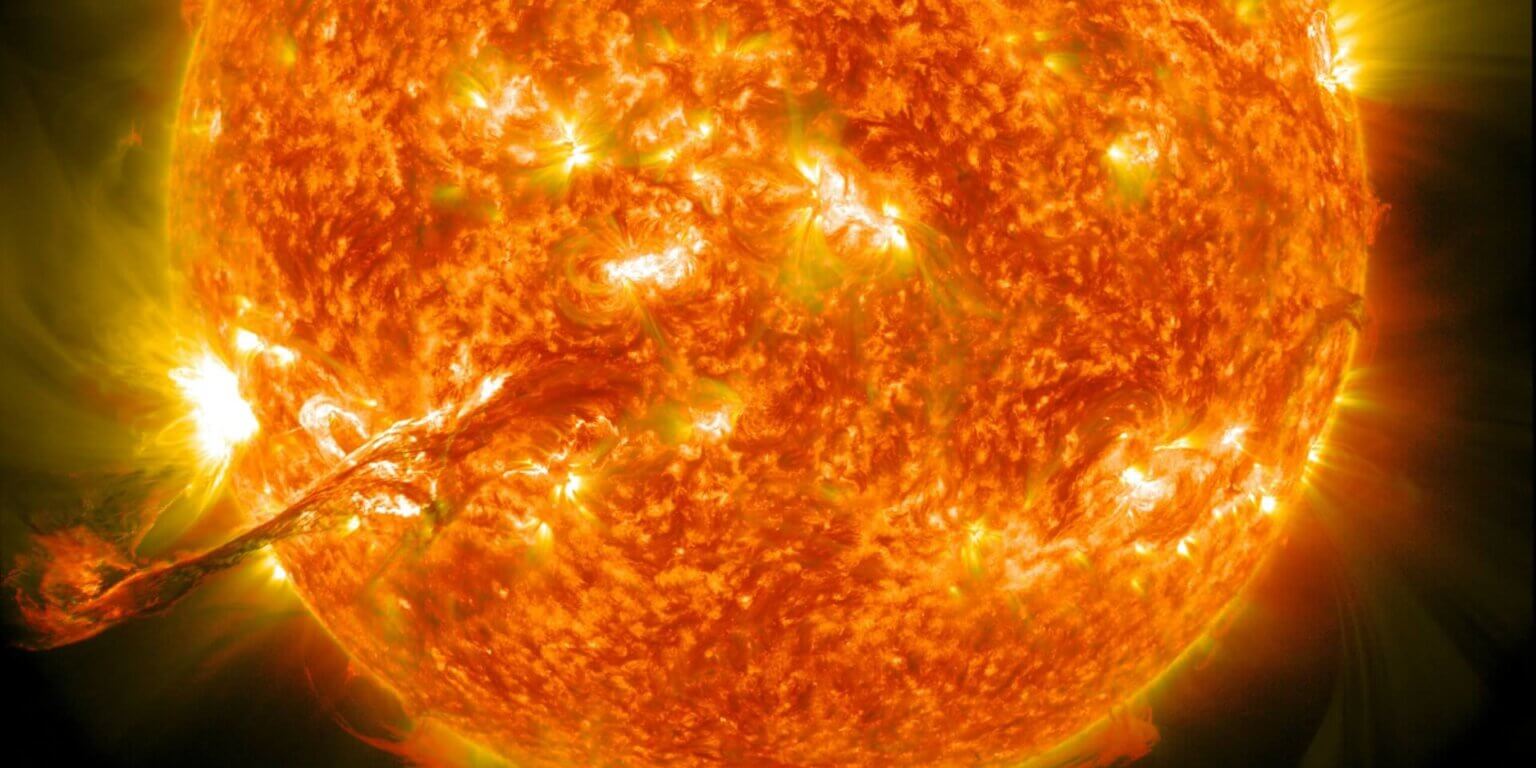
The Scientific Committee on Solar-Terrestrial Physics (SCOSTEP) Fellow Award Ceremony and the 22nd SCOSTEP/PRESTO Online Seminar by Dr. Nat Gopalswamy will be held online on July 30, 2024, 13:00-14:00 UT.
Coronal mass ejections (CMEs) have been established as the primary source of severe space weather in terms of major geomagnetic storms and large solar energetic particle (SEP) events. Such CMEs generally have a large angular width and high speed, indicating that they are very energetic. While exploring the reasons for mild space weather in solar cycle 24, it was found that the speed-width relationship has a larger slope in this cycle than in cycle 23. In other words, for a given speed, cycle 24 CMEs are wider than the cycle-23 ones.
Halo CMEs constitute a special population of CMEs that are wide enough to appear above the occulting disk at all position angles in sky-plane projection. Halo CMEs also behaved differently in cycle 24: their occurrence rate did not decrease commensurate with the reduction in the Sunspot Number (SSN) relative to cycle23. It was concluded that the weak state of the heliosphere (indicated by a lower heliospheric total pressure measured at 1 au) due to relatively weak solar activity in cycle 24 backreacted on CMEs to make them appear wider. Such a backreaction can explain both the changed speed-width relationship and higher halo CME abundance in cycle 24. These conclusions have been shown to hold good in cycle 25, which is currently in its maximum phase.
Furthermore, the heliospheric state in cycle 25 is similar to that of cycle 24 indicating that these two cycles have similar strength. The backreaction of the weak heliospheric state on CMEs resulted in a significant reduction in the number of high-energy SEP evets and intense geomagnetic storms. This seminar focuses on the complex connection among the CME properties, the heliospheric state, and the space weather consequences.